Chances are, you’re not putting your babies to sleep in the same position your parents put you to sleep in – and possibly not even the same position that your older friends put their children to sleep in when they were infants.
The reason for this is that over the past few decades, the recommended sleeping position for babies has, quite literally, come nearly 360 degrees – from tummy sleeping, to side sleeping, to the current recommendation, which is to put babies to sleep exclusively on their backs.
SIDS and safe sleep positions
Up to the late ’80s, the fear was that babies who were put to sleep on their backs may suffocate on their own vomit if they were sick during the night, and so it was common practice to lie them on their tummies instead. It’s harder for a baby to wake themselves up on their tummy, which, as it was later discovered, actually puts them at a higher risk for SIDS – but before this link was made, it seemed sensible for babies to sleep in the position that made disturbances in sleep the least likely.
Since the early ’90s however, paediatric associations the world over have been warning against sleeping babies on their tummies, after links between tummy-sleeping and SIDS were discovered.
Federal public awareness campaigns at first advocated that back or side sleeping were both acceptable options (which is why there is still some confusion even today about whether side sleeping is OK) but a few years later, the advice was revised to recommend that putting bub to sleep on their back for the first year of life was the only safe option.
OUT: Tummy sleeping, side sleeping
IN: Back sleeping
Since the early ’90s, the incidence of SIDS has been reduced by 50-80 percent worldwide, though, tragically, it still claims one in 2000 otherwise healthy babies.
In 2010, Australian researchers discovered a potential reason that tummy sleeping put babies at a higher risk – their blood pressure was lower and their heart rates higher than bubs put to sleep on their back. This reduced oxygenation to their brains, combined with the fact that babies sleeping on their tummies have a harder time rousing themselves if there is an issue, make for a dangerous situation, particularly in babies with higher risk factors for SIDS, such as those whose mothers smoked while pregnant.
OUT: Cot bumpers, pillows, quilts, lambskins
IN: Swaddling, sleep-sacs, blankets
Lambskins, teddies and cot bumpers are out, in favour of bare cots with your baby either tightly swaddled or, more popular these days, in a wearable sleeping bag with holes for the arm and neck so as to make it impossible for the baby’s face to become covered.
IN or OUT: Co-sleeping?
One of the most contentious issues of modern parenting, co-sleeping draws an opinion from just about everyone. If you are going to co-sleep the current safety guidelines require that you never co-sleep after using drugs or alcohol, do not co-sleep if you are a smoker, never put your baby between you and your partner (he is not hormonally primed to respond to the baby during sleep the way you are), never co-sleep in a waterbed, make sure your baby isn’t able to roll off the bed and injure himself, room-share rather than co-sleep if you are formula-feeding and don’t attempt to co-sleep if you are obese, as this reduces physical sensation.
The lowest SIDS rates are in countries where mums and babies traditionally co-sleep, although it’s crucial to make the decision on your personal circumstances alone, and take other risk factors into account.
“I slept all my babies on their tummies and none of them died”
The most common argument (often dished out by mothers or grandmothers with a snorting disregard for your concern) is, “Well, YOU slept on your tummy and nothing happened to you!”
Much like the “I never wore a seatbelt and never died in a car crash” argument, this is a baffling statement. Just because something didn’t kill you doesn’t mean it doesn’t have the potential to do so.
That said, we can only work with the most information we have available to us from the medical community. And no doubt, there will be more changes and refinements made to baby sleep recommendations in the future. Let’s just hope that we don’t have to start sleeping babies upside down because we seem to have run out of rotating options.

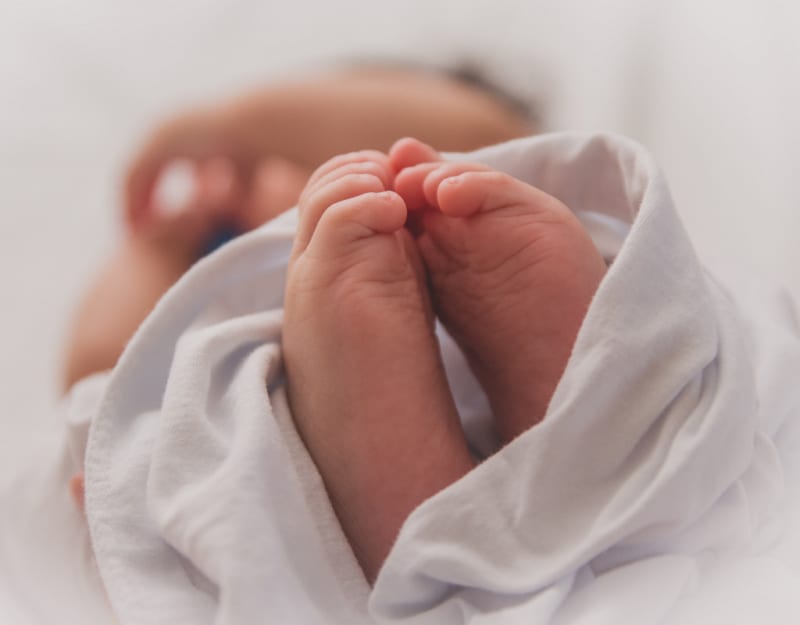

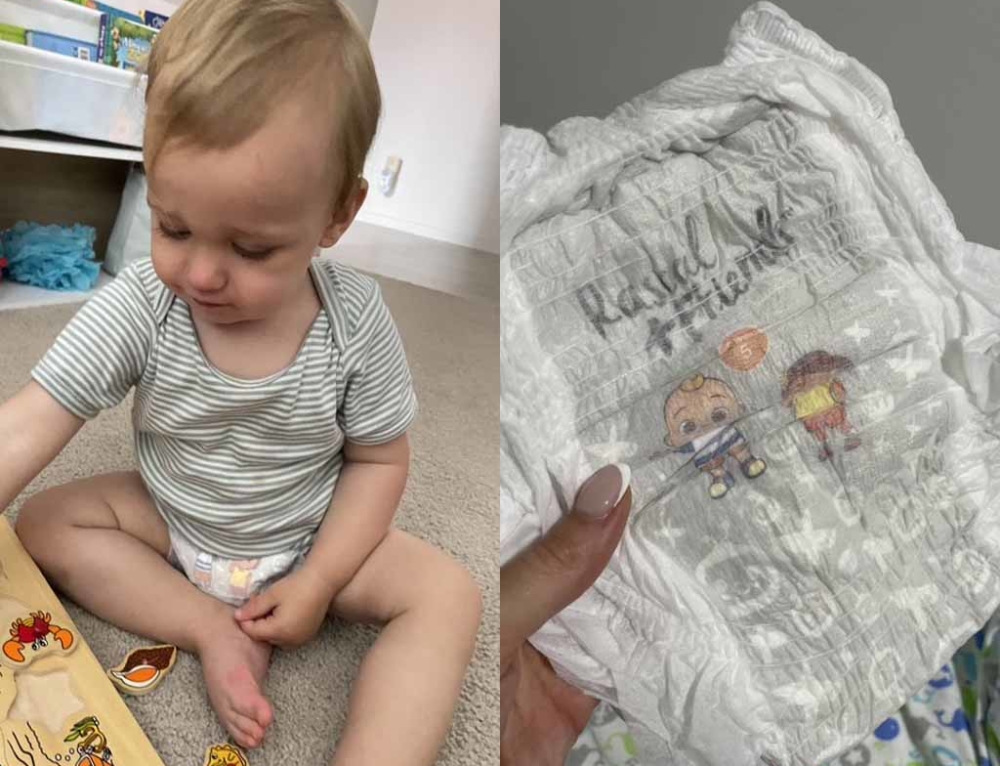
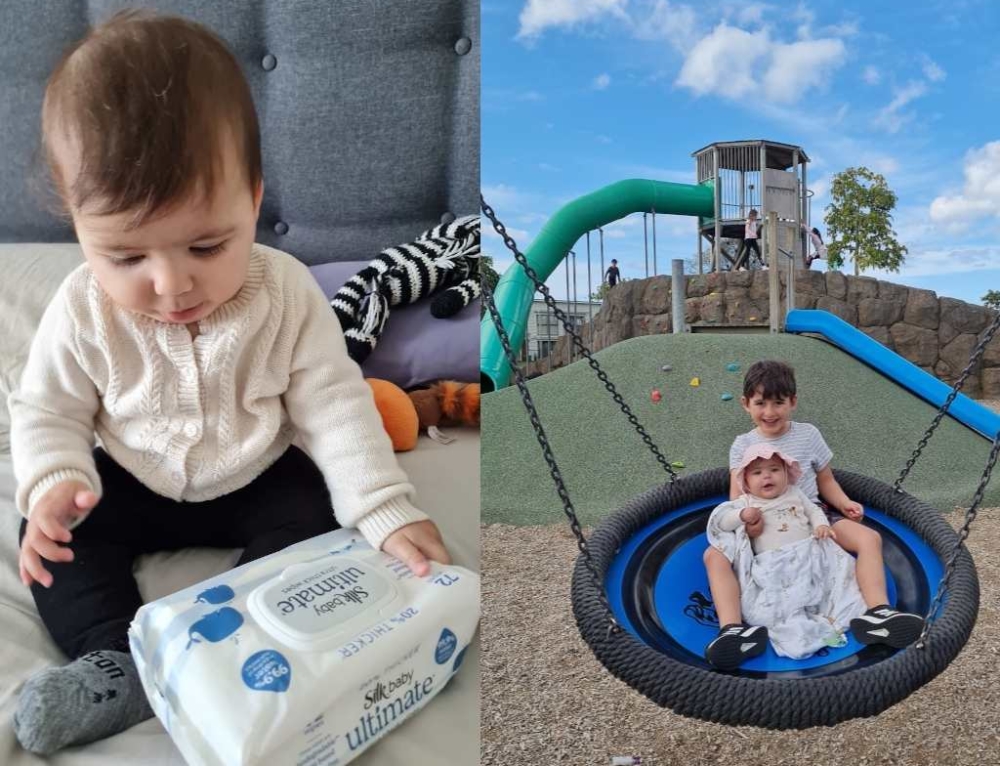
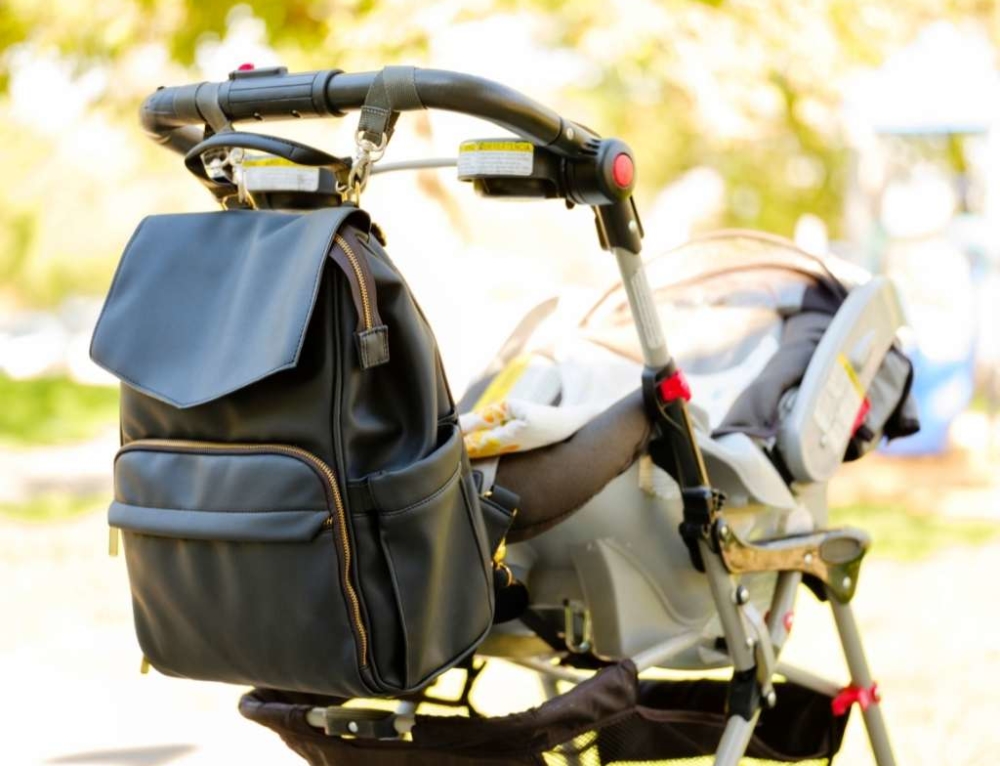
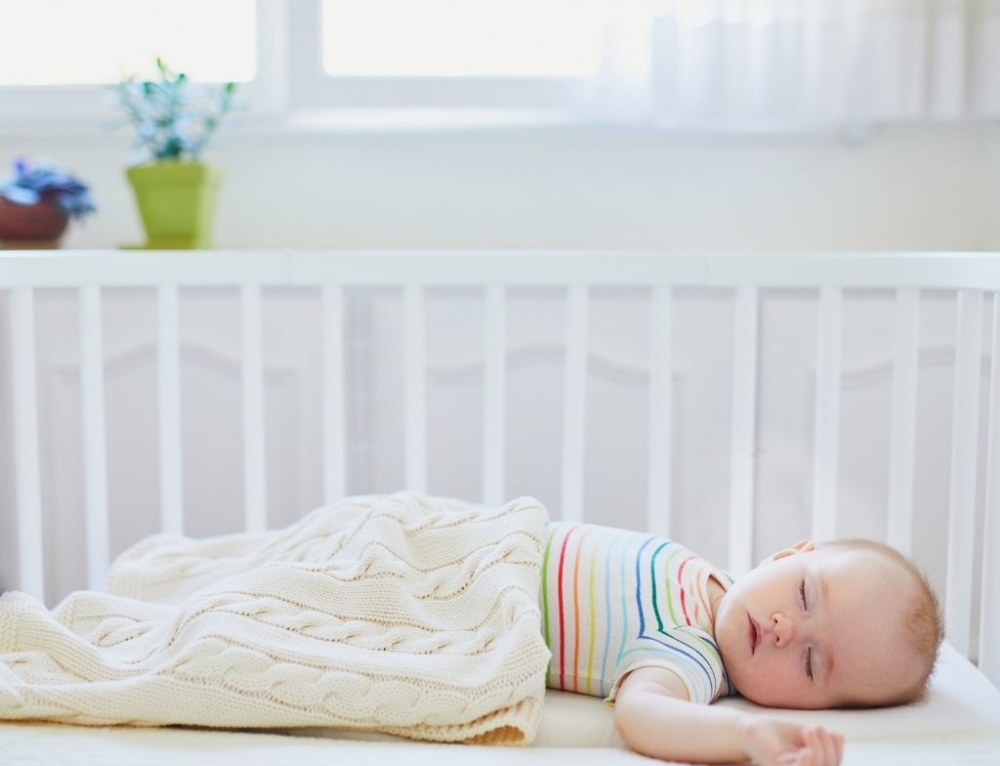
Leave A Comment
You must be logged in to post a comment.